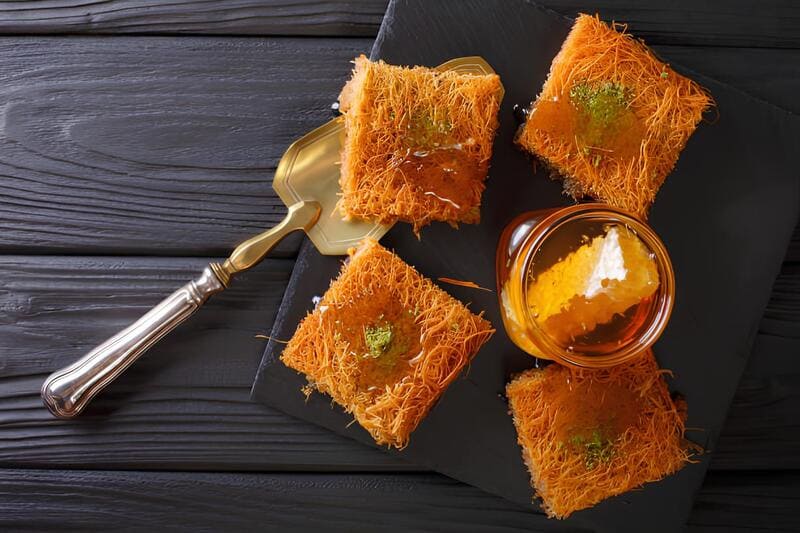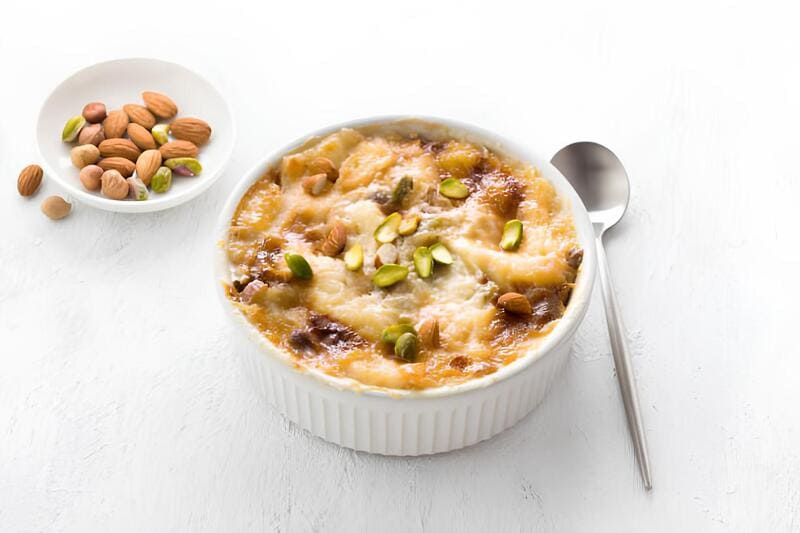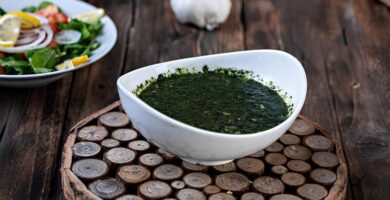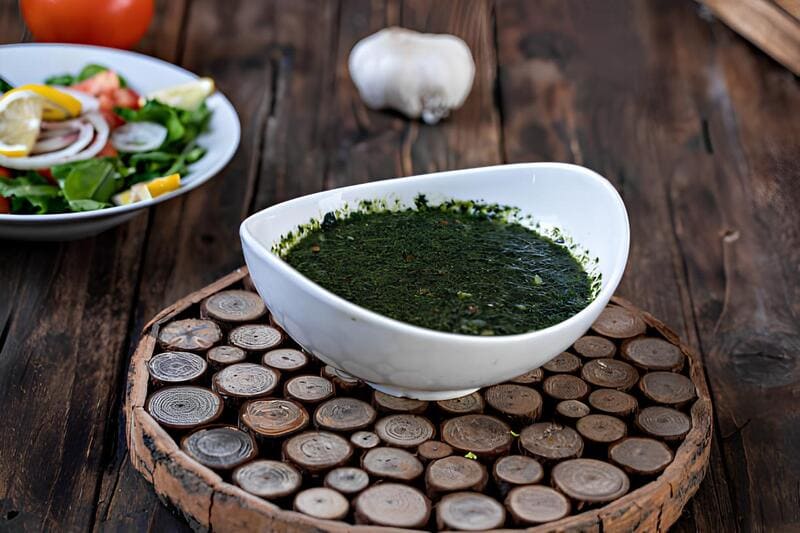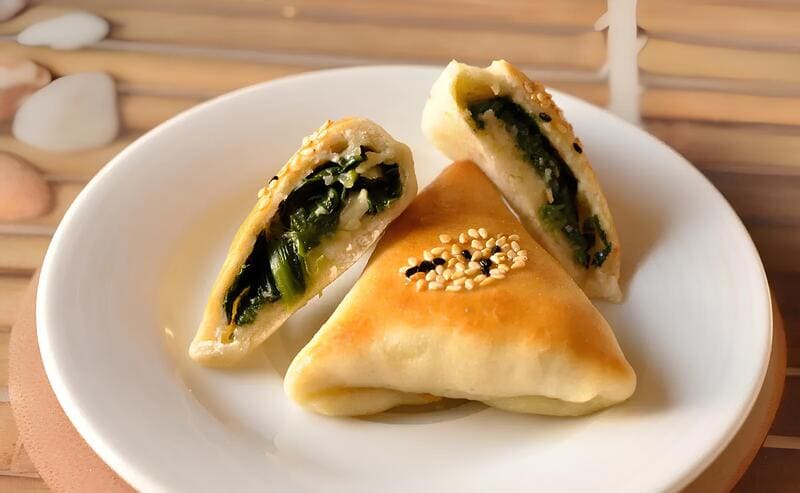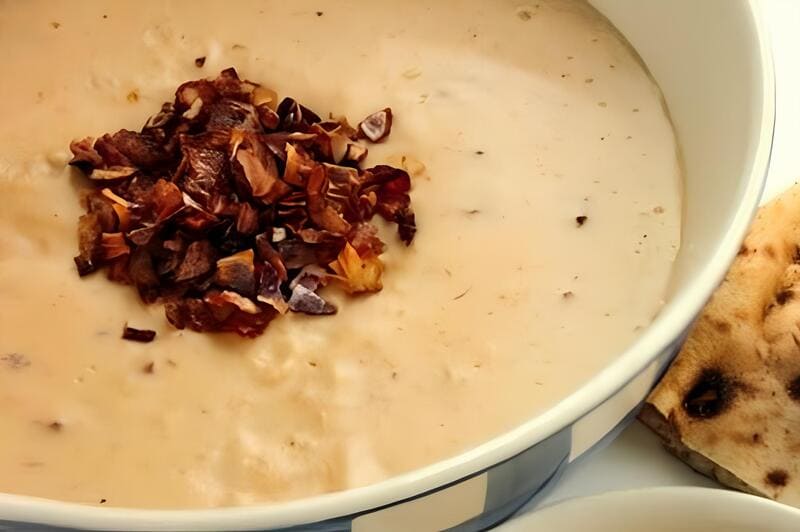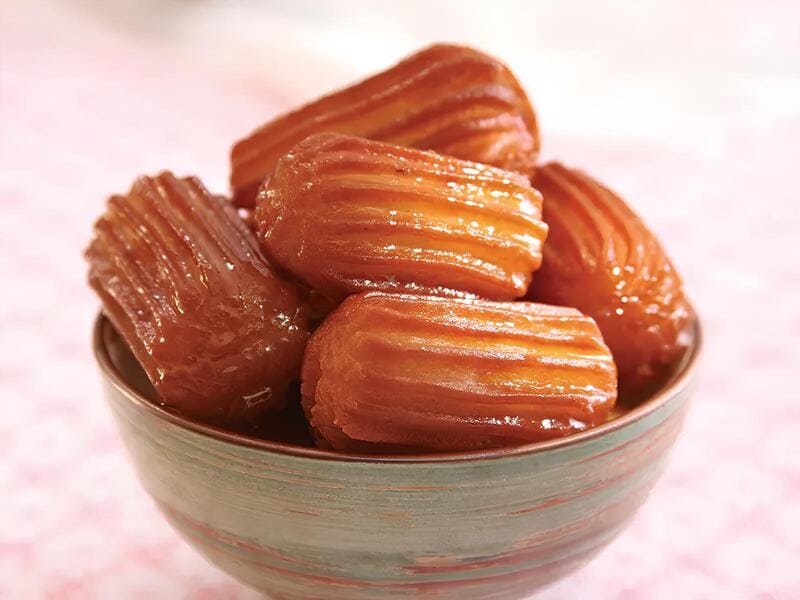
Tulumba is a beloved Middle Eastern dessert widely enjoyed in Turkish and Egyptian households. This crispy, syrup-soaked pastry offers a delightful contrast between the crunchy exterior and the soft, pillowy interior. Tulumba, also known as “balah el sham” in Arabic, is a staple during festive occasions and family gatherings, showcasing the sweet and rich flavors of the region.
Originally of Turkish origin, Tulumba is deeply rooted in the culinary traditions of the Ottoman Empire, spreading across various Middle Eastern countries. The name “tulumba” itself, meaning “pump”, reflects the dessert’s unique shape and preparation process. This easy-to-make treat is loved for its universal appeal and comforting taste.
Ingredients
For the Sherbet
- 3½ cups granulated sugar
- 2½ cups water
- ¼ lemon juice
For the Dough
- 2 cups water
- 1 tablespoon oil
- 1 teaspoon granulated sugar
- ½ teaspoon salt
- 2½ cups flour
- 4 eggs
For Frying
- Oil for deep-frying
Preparation
- Prepare the sherbet by combining 3½ cups granulated sugar and 2½ cups water in a pot. Stir until the sugar dissolves and bring to a boil.
- Reduce the heat and simmer for 20 minutes. Add ¼ lemon juice and boil for a few more minutes. Let it cool completely.
- In a separate pot, combine 2 cups water, 1 tablespoon oil, 1 teaspoon granulated sugar, and ½ teaspoon salt. Bring it to a boil.
- Add 2½ cups flour to the boiling mixture, stirring continuously until a dough forms. Cook for another 1-2 minutes, then let it cool.
- Transfer the cooled dough to a bowl and knead until smooth. Add the 4 eggs one at a time, mixing well after each addition until the dough is homogeneous.
- Place the dough into a piping bag with a star tip.
- Heat oil in a pot (oil should be cold initially).
- Pipe the dough into the cold oil, cutting with scissors into 2-inch pieces.
- Gently heat the oil and fry the pastries until golden brown, ensuring they are evenly cooked by occasionally shaking the pot.
- Remove the tulumba from the oil and immediately immerse them in the cold sherbet for 10-15 seconds.
- Place the syrup-soaked tulumba on a serving plate.
Did you know?
Tulumba, often referred to as “balah el sham” in Arabic, translates to “Sham dates”, a name hinting at its resemblance to dates and its Levantine origins. This dessert has a rich history tied to the Ottoman Empire, influencing many dessert traditions across the Middle East and the Balkans. One fascinating aspect of Tulumba’s preparation is the use of cold oil at the start of frying.
This technique ensures that the dough cooks evenly and results in that signature crispy texture. The process of immersing the hot pastry into cold syrup further enhances the crunchiness on the outside while allowing the inside to remain delectably soft and moist.
Tulumba is more than just a dessert; it’s a testament to the region’s mastery in creating flavors and textures that are both unique and universally appealing. Whether enjoyed during Ramadan, festive occasions, or as a simple treat, Tulumba continues to bring joy and sweetness to many across the globe.




